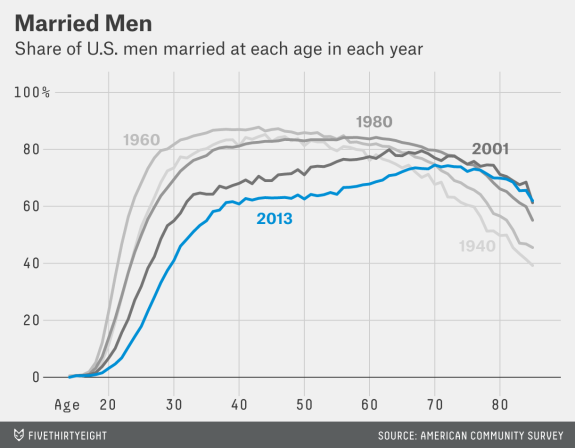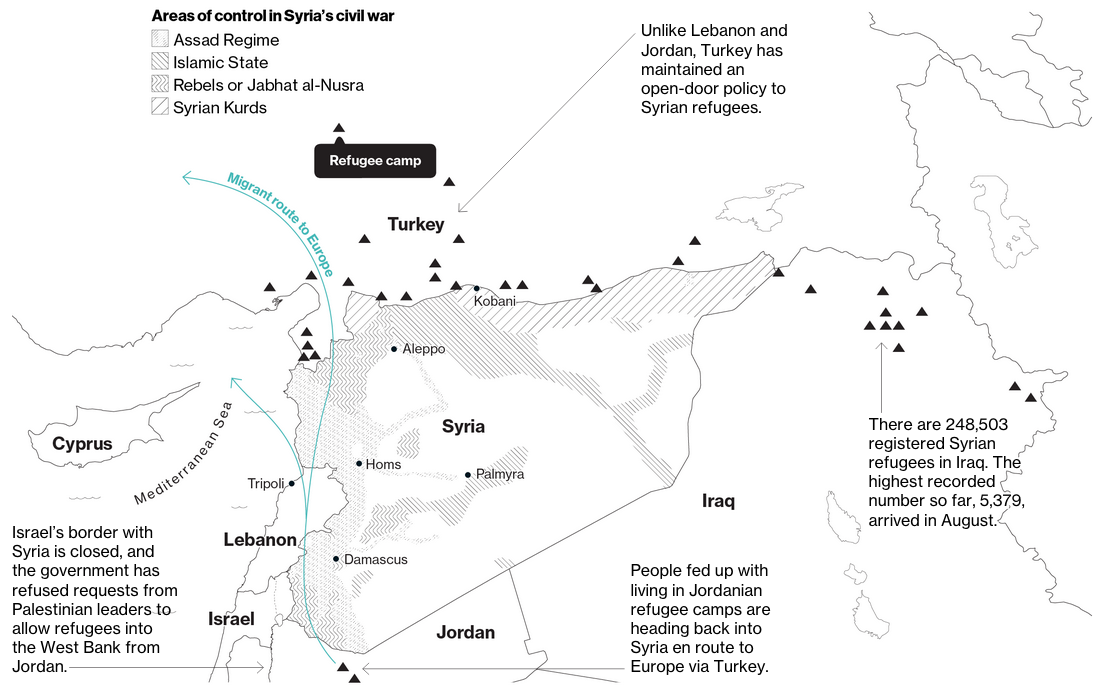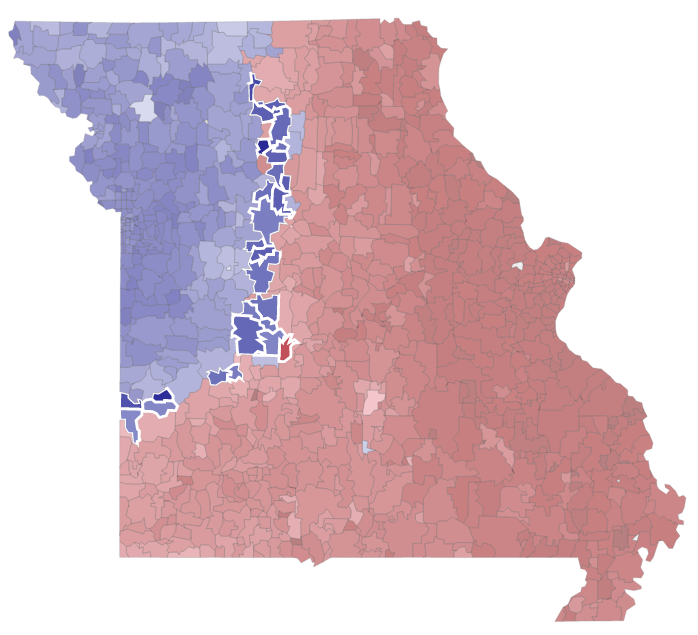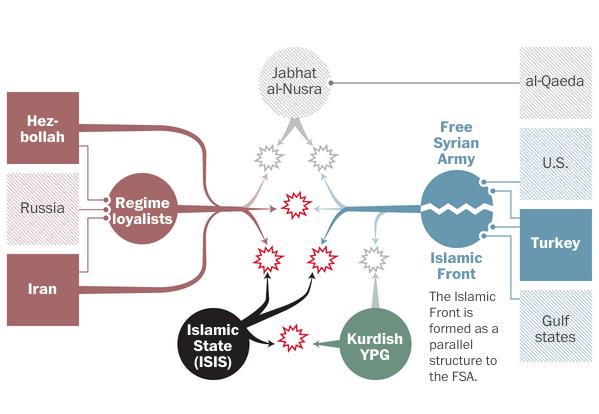Last night, in the States’ time at least, North Korea purportedly tested a hydrogen bomb. How does this differ from their previous tests? Well, those were all nuclear fission bombs, this is a nuclear fusion bomb. (Admittedly, I am simplifying a lot here.) Hydrogen bombs, the H-bomb, are more powerful and more efficient in that they emit less radiation. They are still pretty bad news, though. That bit has not changed.
Anyway, the Washington Post put together a nice piece about nuclear weapons testing. The big feature piece is a map of test sites over time. What I really like about it, however, is that they chose to split the world at a different point—the Pacific Ocean opposite the Prime Meridian. I have occasionally argued for using such maps more often given the increasing relevance of Asia and the relative decline of Western Europe. So it is nice to see it put to good use here.
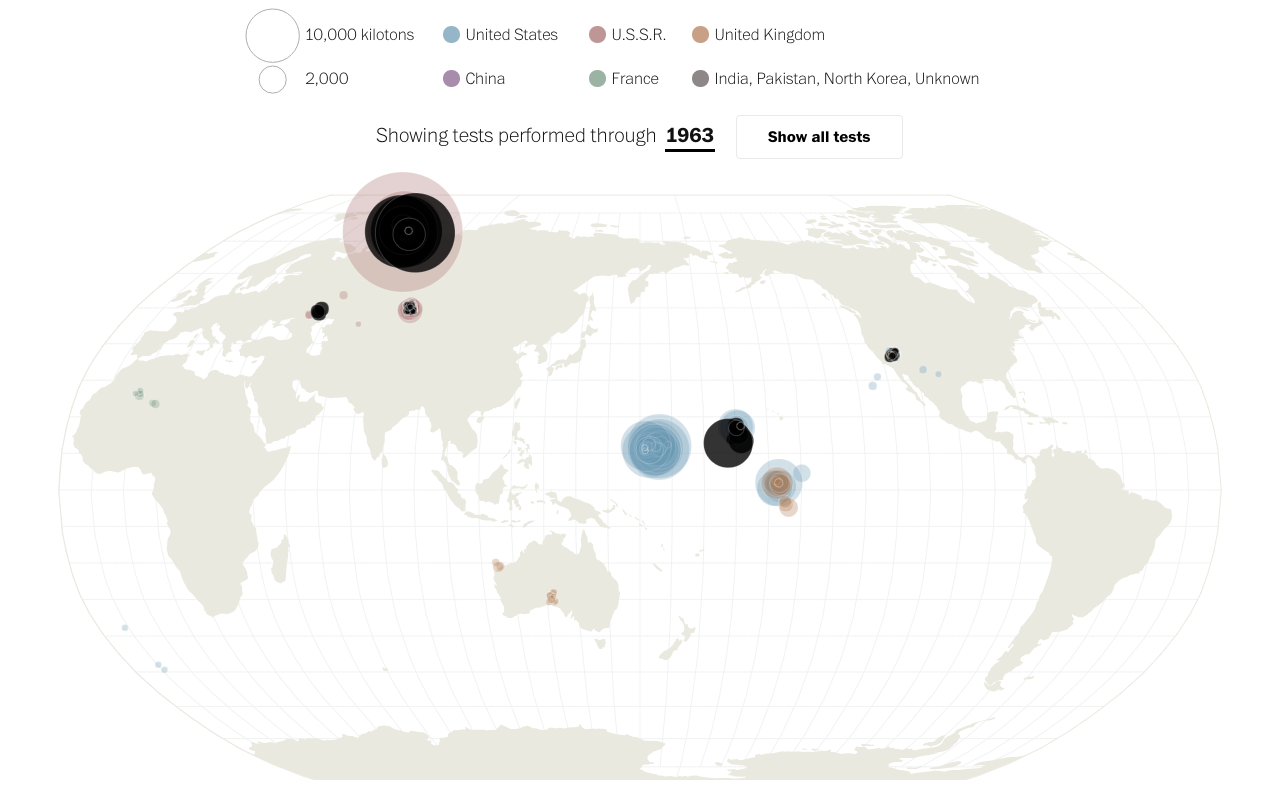
Credit for the piece goes to Kevin Schaul.


